The Summer Triangle is an asterism located in the northern celestial hemisphere. The defining vertices of this imaginary triangle are marked by the stars Altair, Deneb, and Vega, each of which is the brightest star of its constellation – Aquila, Cygnus, and Lyra.
Key Facts & Summary
- The Summer Triangle was popularized by American author H.A. Rey and British astronomer Patrick Moore in the 1950s.
- The asterism’s name can be found in constellation guidebooks as far back as 1913.
- The Austrian astronomer, Oswald Thomas, described the three stars that make up the Summer Triangle as “Grosses Dreieck” – the Great Triangle – in the late 1920s and Sommerliches Dreieck – Summerly Triangle – in 1934.
- The asterism was remarked upon by Joseph Johann von Littrow, who described it as the “conspicuous triangle” in the text of his atlas (1866), and Johann Elert Bode connected the stars in a map in a book in 1816, although without a label.
- The stars of the Summer Triangle, Vega, Deneb, and Altair, are very bright, the brightest in their respective constellations of Lyra, Cygnus, and Aquila.
- Vega has an apparent magnitude of +0.026, Deneb 1.25., while Altair 0.76.
- The farthest star of the Summer Triangle, is Deneb / Alpha Cygni, at a distance of 2,615 light-years away.
- Vega / Alpha Lyrae is situated at only 25 light-years away, while Altair at 16.73 light-years.
- Vega is a white main-sequence star, which is around 40 times brighter than our Sun. It is a former North Pole Star.
- Deneb is a blue-white supergiant star, being between 55,000 to 196,000 times brighter than our Sun.
- Altair is a white main-sequence dwarf, which is around 11 times brighter than our Sun.
- The brightest star of the Summer Asterism is Vega, due to its closeness to us, the second-brightest star is Altair, and the third is Deneb.
The Summer Triangle asterism has always been noticed as a stand-out pattern. Most astronomy guidebooks from the early 20th century did not refer to this asterism.
However, the British astronomer Sir Patrick Moore, often claimed that he was the first to refer to the Summer Triangle on his weekly television program in the late 1950s.
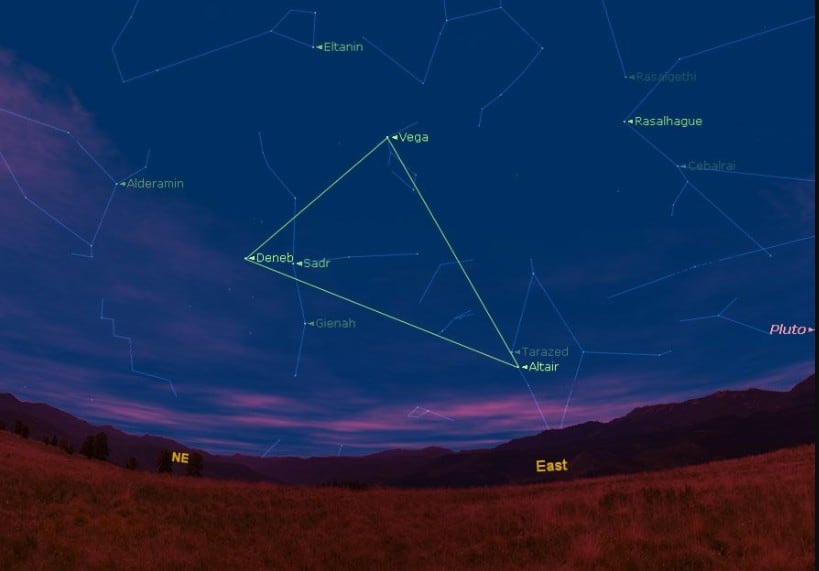
However, several years earlier, the American astronomer, H.A. Rey, also referred the asterism in his popular sky guides, first as a Right Triangle and later the Summer Triangle.
In conclusion, it appears that none can be recognized as the first who coined the term, however, today, every astronomer or constellation guide refers to this asterism.
Visibility
From mid-northern latitudes, the Summer Triangle appears virtually overhead around midnight during summer. It is visible in the eastern sky in the early mornings during spring.
In autumn and winter evenings, the Summer Triangle is visible in the western sky until January. From mid-southern latitudes, it appears inverted, with Deneb bellow Altair, and low in the sky during winter.
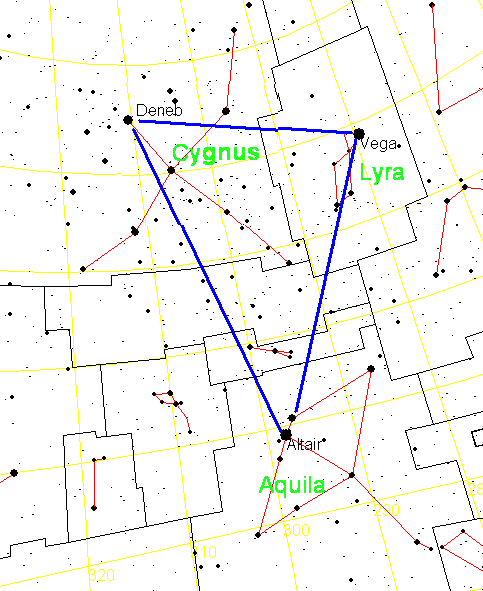
The Summer Triangle is quite a big asterism. A clenched fist held out at arm’s length measures roughly 10 degrees, while the apparent distance from Altair to Deneb measures 38 degrees, 34 degrees from Altair to Vega, and 24 degrees from Vega to Deneb.
The Stars of the Summer Triangle
The three bright stars that make up the Summer triangle are Vega – Alpha Lyrae, Deneb – Alpha Cygnus, and Altair – Alpha Aquilae. The brightest star of the Summer Asterism is Vega, due to its closeness to us, the second-brightest star is Altair, and the third is Deneb.
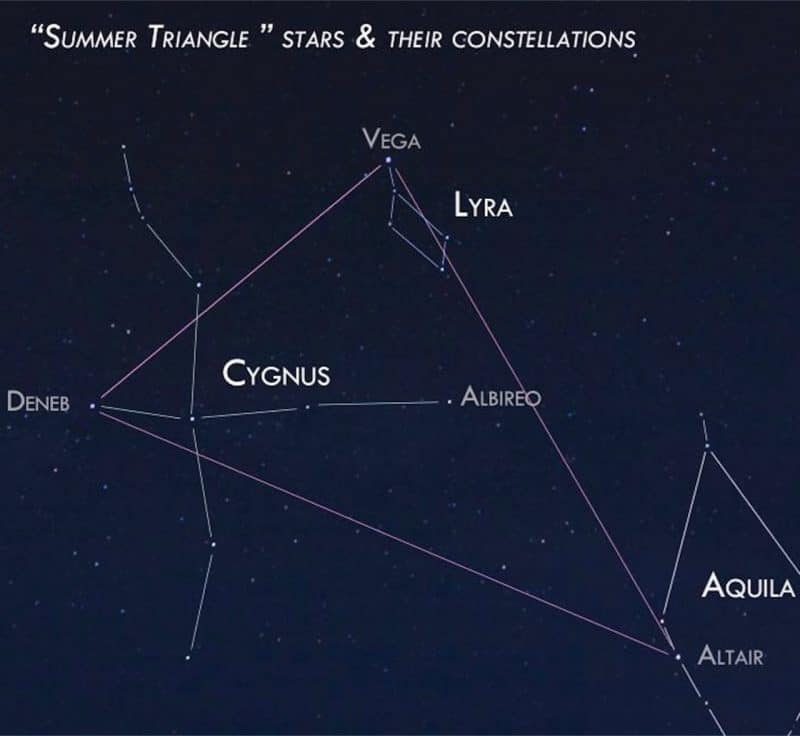
The farthest star of the Summer Triangle, is Deneb / Alpha Cygni, at a distance of 2,615 light-years away. Vega is situated at only 25 light-years away, while Altair is the closest Summer Triangle star to us, at only 16.73 light-years.
Vega
Vega, designated as Alpha Lyrae, is the brightest star in the constellation of Lyra. It is the fifth brightest star in the night sky and the brightest star in the Summer Triangle asterism.
Vega was also the northern pole star until 12,000 BC, this led to its great importance for ancient civilizations, and astronomers termed Vega “the second most important star, after the Sun”.
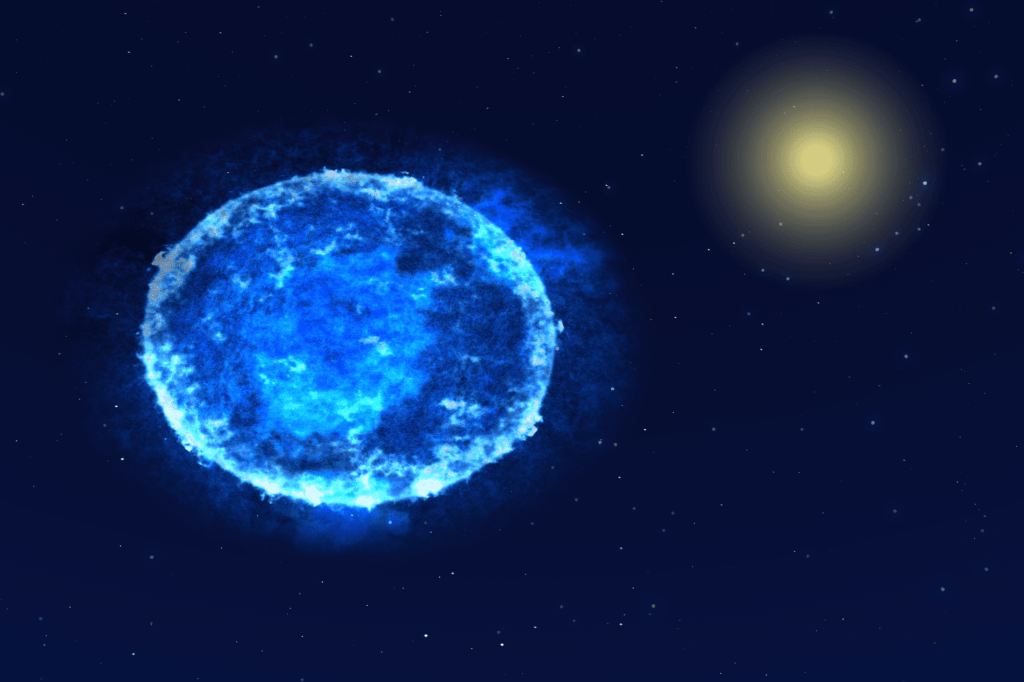
Vega is the second star to be photographed (1850), and the first star to have its spectrum recorded. Vega lies at around 25 light-years away from Earth.
Vega is a bluish-white main-sequence star, class A. It is twice as hot as our Sun, being around 40 times brighter. Vega has around 213% of our Sun’s mass and around 236% of its radius.
Since Vega has a high rotational speed of around 236 km / 146.6 mi per second, it is a bit deformed having an equatorial bulge which is 19% larger than its polar radius.
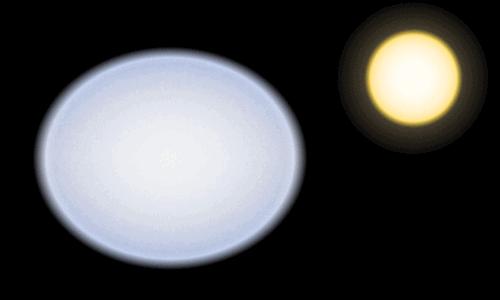
This results in different temperature values at the poles and equator, resulting in low amplitude pulsations associated with a Delta Scuti variable star – thus Vega has variations in brightness.
Deneb
Deneb, designated as Alpha Cygni, is the brightest star in the constellation of Cygnus, and the 19th brightest star in the night sky, being the farthest star of the Summer Triangle asterism, located at around 2,615 light-years away.
Deneb is an Alpha Cygni variable star, its brightness varies between magnitude 1.21 to -1.29. Deneb is the third brightest star in the Summer Triangle asterism.
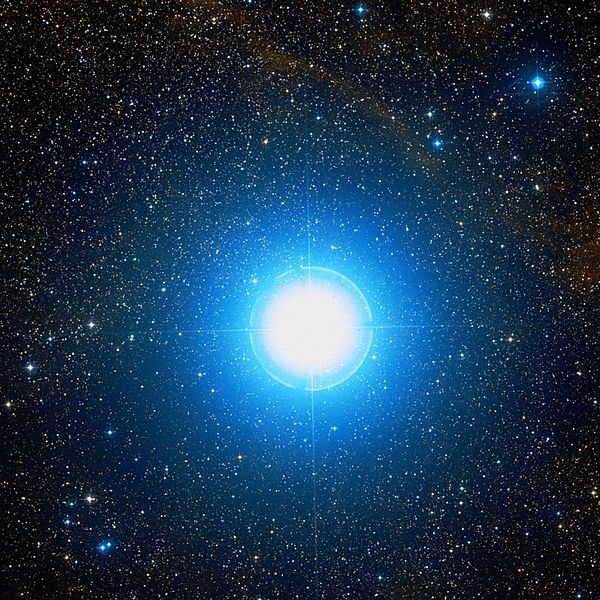
However, this is only due to its distance. Deneb is between 55,000 to 196,000 times brighter than our Sun, and as such, if it were as close as Vega to us, it would be over 40 times brighter than Vega is today, casting shadows even in broad daylight upon Earth.
Deneb has around 190% of our Sun’s mass, and 2030% of its radius, being almost twice as hot. Due to Earth’s axial precession, Deneb will become the northern star around the year 9,800 A.D.
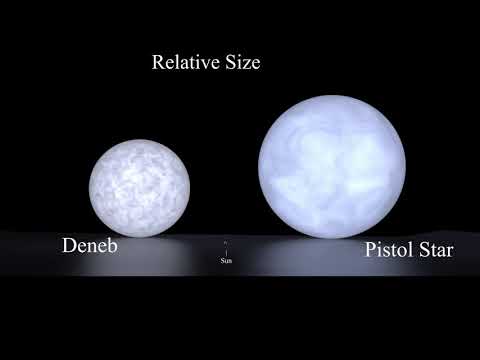
Altair
Altair, designated as Alpha Aquilae, is the brightest star in the constellation of Aquila, and the 12th brightest in the night sky. It is among the closest stars visible to the naked eye to us at around 16 light-years.
Altair is a white main-sequence dwarf, which is around 11 times brighter than our Sun. Altair is the second-brightest star in the Summer Triangle asterism after Vega and the closest star to us from the famous asterism.
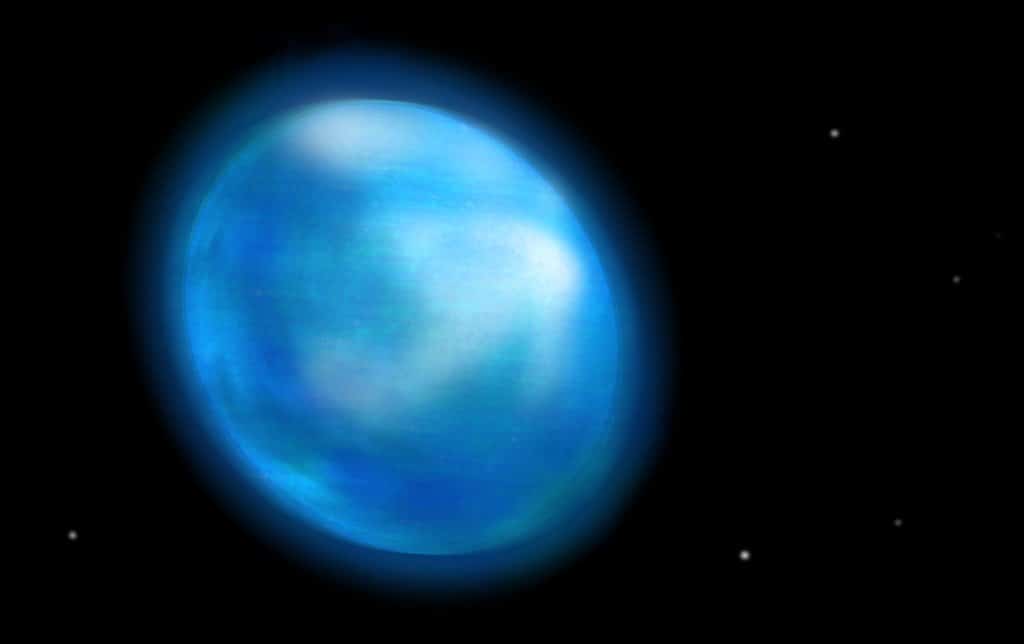
Altair has 179% of our Sun’s mass and around 163% of its radius. It has a very fast rotational velocity of around 286 km / 177.7 mi per second.
Because of this great rotational speed, Altair has its poles flattened. Its polar diameter is around 25% smaller than its equatorial diameter. The star also exhibits some faint variations in brightness, as such it was classified as a Delta Scuti variable.
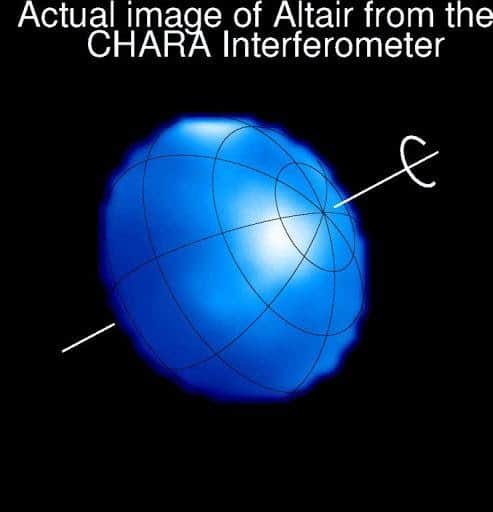
Did you know?
- The Summer Triangle stars are recognized in the Chinese legend of the Cowherd and the Weaver Girl, a story dating back around 2,600 years ago, celebrated in the Qixi Festival.
- In the mid- to late-20th century, before inertial navigation systems and other electronic and mechanical equipment took their places in military aircraft, the United States Air Force navigators referred to the Summer Triangle asterism as the “Navigator’s Triangle”.
- Aquila is the southernmost star in the Summer Triangle and can be seen between latitudes of +90o and -75o.
- Deneb culminates each year on October 23 at 6 PM and on the 7th of September at 9 PM – thus it corresponds to the summer evenings in the northern hemispheres.
- Vega will become yet again our northern pole star in the year 13.727.
Sources:
Image Sources:
- https://cdn.mos.cms.futurecdn.net/uSvrkkBC7EnG5dV2pH53oi-970-80.jpg
- https://en.wikipedia.org/wiki/Summer_Triangle
- https://earthsky.org/upl/2014/06/summer-triangle-sq-e1559769506547.jpg
- https://www.upr.org/sites/upr/files/styles/x_large/public/201906/vegaPS2-5900ea9b5f9b581d5902486e.png
- https://upload.wikimedia.org/wikipedia/commons/c/c8/Size_Vega.png
- https://nineplanets.org/wp-content/uploads/2020/01/Deneb.jpg
- https://i.ytimg.com/vi/OBPC6X4IhoY/hqdefault.jpg
- https://news-cdn.softpedia.com/images/news2/First-Picture-of-the-Surface-of-the-Altair-Star-Similar-to-Our-Sun-2.jpg
- https://lh3.googleusercontent.com/proxy/8RzG5lSxw5rKNbsovVQM5uVYrrswx1KwgSSyQqOz6w-5QYOWW9m9QsyToer6CpAcRtZiZqPPE-JoPj-QUXRnFdTs72W54JyemR3QwlDX